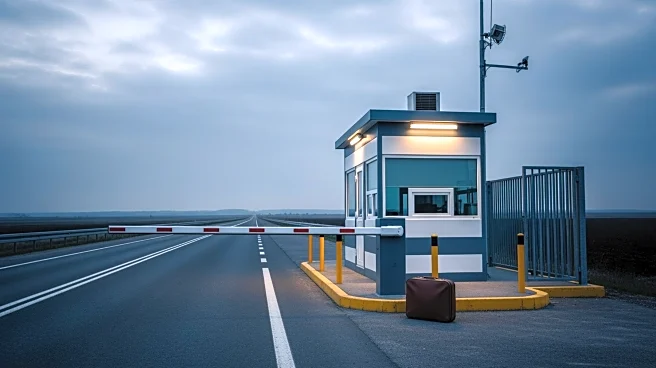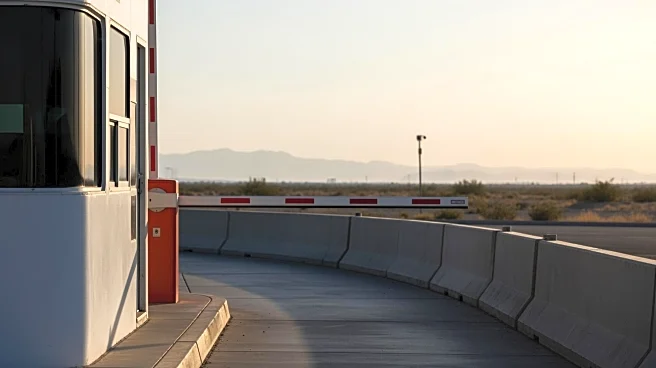What's Happening?
The Trump administration has unveiled a new rule that could significantly reduce the number of federally protected wetlands in the United States. This proposal aims to change the criteria for federal oversight
of waterways, focusing on permanent bodies of water such as streams, oceans, rivers, and lakes, while limiting the broader definitions of wetlands previously embraced by the Obama and Biden administrations. The Environmental Protection Agency (EPA) claims the rule will cut red tape and provide clarity to farmers, ranchers, and developers, but environmental groups warn it could lead to increased water pollution and loss of critical wetlands.
Why It's Important?
The proposed changes to waterway protections have far-reaching implications for environmental policy and land use in the U.S. By narrowing the scope of federal oversight, the rule could impact flood-prone communities and industries reliant on clean water. Business groups have praised the proposal for providing legal certainty, while environmentalists argue it undermines efforts to safeguard water resources and habitats. The rule reflects ongoing debates over federal versus state control of environmental regulations, with potential consequences for public health and ecological preservation.
What's Next?
The proposal will be open for public comment for 45 days, during which stakeholders can express support or opposition. The Trump administration may face legal challenges from environmental groups seeking to maintain broader protections under the Clean Water Act. The outcome of this policy shift could influence future regulatory approaches and set precedents for environmental governance in the U.S.
Beyond the Headlines
The rule change highlights the tension between economic development and environmental conservation, raising ethical questions about the balance of interests. It also underscores the impact of judicial decisions on policy, as the proposal aligns with a recent Supreme Court ruling limiting the EPA's authority. Long-term effects may include shifts in land management practices and increased reliance on state-level environmental protections.













